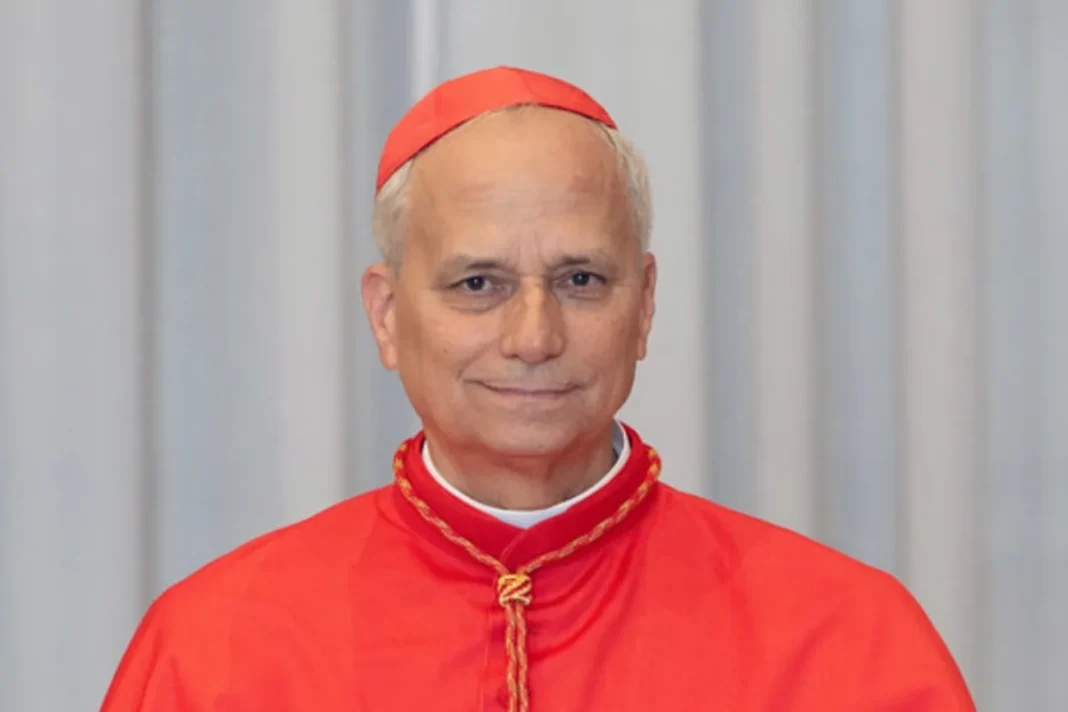The wait is over in St. Peter’s Square. American Cardinal Robert Prevost has been elected pope, taking the name Leo XVI, as officially announced with the traditional Habemus Papam from the central balcony of St. Peter’s Basilica. The thousands of faithful gathered erupted in applause and emotion at the news of the first-ever American to lead the Catholic Church.
Chosen after two days of deliberations in the Sistine Chapel, the 69-year-old succeeds Pope Francis—Jorge Mario Bergoglio—who passed away just over two weeks ago. With his election, Prevost becomes the 267th pontiff of the Roman Catholic Church, a milestone moment for its 1.4 billion adherents around the world.
A universal responsibility
White smoke billowed above the Vatican shortly after 6:10 p.m., signaling that the 133 cardinal electors had reached a consensus. As tradition dictates, it took just over an hour for the official announcement to follow—a wait consistent with past conclaves (1 hour and 53 minutes in 2005 for Benedict XVI, and 1 hour and 6 minutes in 2013 for Francis).
The crowd in St. Peter’s Square was visibly moved. “It’s the weight of this enormous responsibility falling on his shoulders,” said Ségolène, a worshipper interviewed by our correspondent Nicolas Rocca. “To think that someone goes from leading a diocese to carrying the entire world… That’s what being Catholic means—universal. It’s overwhelming.”
A new face for a new chapter
Robert Prevost’s election comes at a time of global uncertainty, where spiritual, social, and political pressures converge on the Church’s mission. His choice of the name Leo XVI—evoking past reformers and guardians of tradition—suggests a papacy that may emphasize both universality and doctrinal steadiness.
In the coming days, the Vatican is expected to outline the new pope’s initial priorities, schedule, and symbolic gestures. Already, the eyes of the world are fixed on this new spiritual leader, tasked with writing the next chapter in the long history of the Catholic Church.


